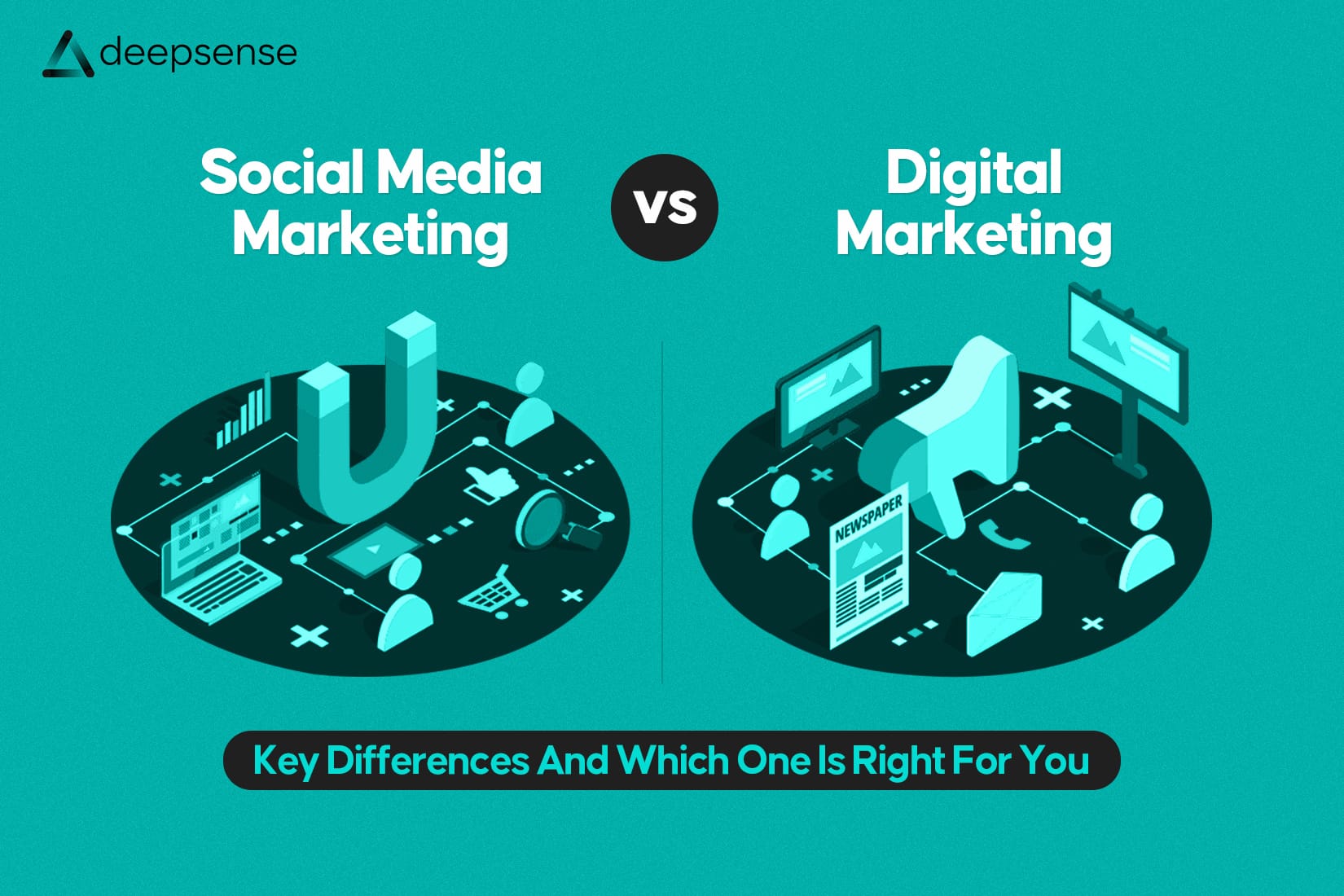The New Era of Shopping is Here
Shopping today is not what it used to be. We are no longer confined to malls, retail stores, or even traditional e-commerce websites. Instead, we scroll, swipe, and tap our way through purchases on social media platforms. Welcome to the world of social commerce, where shopping meets social networking.
Social commerce is not a passing trend. It is a profound shift in how brands sell and consumers buy. Platforms like TikTok, Instagram, Facebook, Pinterest, and even YouTube have blurred the lines between content and commerce. They have created immersive experiences where discovery, influence, and purchase happen all within the same ecosystem.
In this blog, we will dive deep into the evolution of social commerce, explore how major platforms are redefining retail, uncover important statistics, offer practical tips for brands, and provide expert insights into what the future holds.
Understanding Social Commerce: What It Really Means
Social commerce refers to the integration of social media marketing platforms with e-commerce functionalities, allowing users to complete purchases directly within the social app environment. It eliminates the need to redirect consumers to external websites. Instead, it streamlines the customer journey from discovery to purchase to post-sale engagement.
Unlike traditional e-commerce that relies heavily on search-based intent, social commerce thrives on discovery. It taps into users’ natural behavior of browsing, being inspired, and acting impulsively, often influenced by peers, creators, and trends.
In essence, social commerce is the convergence of community, content creation, and commerce.
How Major Platforms Are Powering the Social Commerce Revolution
Let us take a closer look at how the biggest players are shaping this new shopping ecosystem.
TikTok: The Epicenter of Discovery-Driven Commerce
TikTok has completely revolutionized the way consumers discover products. Through bite-sized, entertaining videos, brands and creators showcase products in action, share authentic reviews, and build desire almost instantly.
TikTok’s native shopping features, including TikTok Shop, shoppable live streams, in-video product links, and affiliate programs, make it easier than ever for users to buy without leaving the app.
According to Firework’s report, TikTok’s social commerce market is projected to generate over $20 billion in sales in 2024 alone. The hashtag #TikTokMadeMeBuyIt has been viewed over 60 billion times, showing the massive cultural influence TikTok holds in consumer buying decisions.
The combination of short-form video content, influencer marketing, and algorithmic discovery has positioned TikTok as a powerful sales channel for brands across beauty, fashion, home goods, and even tech.
Instagram: Visual Storytelling Meets Seamless Shopping
Instagram was one of the pioneers of social commerce with the introduction of shoppable posts, product tags, and an integrated Shop tab. Today, Instagram enables brands to create immersive shopping experiences through Stories, Reels, Lives, and Guides.
Instagram Checkout allows users to purchase directly within the app, reducing friction in the buying process. Influencers play a crucial role here too, creating product-centric content that feels native to the user experience.
With Instagram’s continued investment in features like in-app storefronts, dynamic product ads, and augmented reality (AR) try-ons, the platform is set to remain a key driver in the social commerce movement.
Facebook and Messenger: The OGs of Social Selling
Facebook introduced Marketplace and Shops to cater to both local sellers and large brands. It allows businesses to set up storefronts accessible through Facebook and Instagram with inventory management and direct messaging integration.
Messenger commerce is growing as well, where brands interact with customers, recommend products, and even complete transactions via chatbots and conversational AI. With over 2.9 billion monthly active users on Facebook, the potential scale of social commerce on the platform remains unmatched.
Pinterest: The Discovery Engine for Shoppers
Pinterest positions itself as a discovery and planning platform. Its shoppable pins and integrated Buyable Pins allow users to shop for everything from fashion to home décor directly from the platform.
Research shows that 83% of Pinterest users have made a purchase based on content they saw from brands on the platform. Pinterest’s emphasis on curated aesthetics makes it a strong player for lifestyle, wedding, home improvement, and fashion brands looking to capitalize on intent-driven browsing.
Why Social Commerce Matters More Than Ever
Several critical factors explain the explosive growth of social commerce.
Changing Consumer Behavior
Modern consumers, especially Gen Z and millennials, value convenience, authenticity, and entertainment. They expect seamless experiences where they can discover, evaluate, and purchase products without switching apps or opening new tabs.
Creator Economy Explosion
Influencers and content creators have become trusted voices for product recommendations. The authenticity and relatability of creators often carry more weight than traditional advertising.
Platforms are making it easier for creators to monetize their influence through affiliate links, direct product tagging, and commission-based programs, fueling the creator-driven commerce ecosystem.
Trust and Social Proof
Social commerce leverages the power of reviews, likes, shares, and user-generated content as social proof. When users see real people endorsing products, their trust in the brand and their likelihood of purchase increases.
Advancements in Technology
Augmented reality try-ons, AI-powered personalization, native payment solutions, and real-time inventory integrations are making social shopping more immersive, personalized, and seamless than ever before.
Key Statistics That Illustrate the Social Commerce Boom
To truly understand the impact of social commerce, let us look at some important numbers:
- The global social commerce market is expected to reach $1.2 trillion by 2025, growing at a CAGR of 30% annually, according to Accenture.
- In the United States alone, social commerce sales are projected to exceed $80 billion by 2025.
- 51% of millennials and 59% of Gen Z consumers have made a purchase via a social media platform in the past year, according to BigCommerce.
- Live commerce, particularly popular in China, is gaining momentum worldwide, with forecasts estimating that 20% of all e-commerce will be driven by live-streaming sales by 2026.
Tips and Tricks for brands Entering Social Commerce
Success in social commerce requires more than just posting products online. Here are some expert tips for brands looking to excel:
Embrace Authentic Content
Consumers value authenticity over perfection. Showcase real customers using your products, share behind-the-scenes content, and collaborate with micro-influencers who align with your brand values.
Invest in Video
Short-form video is the most engaging format on social platforms. Create dynamic, informative, and entertaining videos that naturally integrate your products without feeling overly promotional.
Make Checkout Seamless
Leverage platform-native checkout features like Instagram Checkout, TikTok Shop, and Facebook Shops to reduce friction in the buying process.
Optimize for Mobile
Since most social media consumption happens on mobile devices, ensure your shopping experience is optimized for speed, responsiveness, and user-friendliness on smartphones.
Use Data to Personalize
Take advantage of platform insights and pixel data to retarget users, personalize product recommendations, and create segmented shopping experiences that cater to different audience behaviors.
Interesting Facts About Social Commerce
Here are a few surprising facts that highlight the growing influence of social commerce:
- TikTok users are 1.7 times more likely to discover products on the platform compared to users of other social media platforms, according to TikTok’s internal data.
- Live shopping events on Facebook reportedly increase conversion rates by up to 30% compared to standard e-commerce channels.
- On Pinterest, users spend 2x more per month compared to users on other social platforms when engaging with shoppable content.
- 70% of consumers prefer to learn about products through content rather than traditional advertising, making social commerce the ideal vehicle for modern brand storytelling.
Final Thoughts: Social Commerce is Redefining the Retail Experience
Social commerce is no longer an experimental channel. It is rapidly becoming a core component of retail strategy. Brands that understand and embrace this shift will build stronger relationships with their audiences, drive more revenue, and future-proof their businesses.
The key lies in creating authentic, engaging, and frictionless shopping experiences that meet consumers where they already are. It requires a combination of creative storytelling, technological innovation, and data-driven personalization.
The future of shopping is social, visual, mobile, and community driven. Social media helps in Businesses that invest in building their social commerce capabilities today will be the ones leading the retail landscape tomorrow.
FAQs
1. How is social commerce related to e-commerce?
Social commerce is a subset of e-commerce where the entire shopping experience, from product discovery to checkout, happens directly on social media platforms. It blends social interaction with online buying, making it easier for consumers to shop seamlessly while browsing their favorite apps.
2. How is Instagram used as a social commerce platform?
Instagram enables social commerce through features like Shoppable Posts, Instagram Shops, Stories with product tags, and Checkout within the app. Brands can showcase products visually, tag items for direct purchase, and create a seamless shopping experience without users needing to leave Instagram.
3. What is the role of social media as a platform for e-commerce?
Social media acts as a powerful driver of e-commerce by enabling product discovery, peer reviews, influencer endorsements, and direct-to-purchase journeys. Platforms like Facebook, Instagram, TikTok, and Pinterest create highly engaging environments that inspire users to shop based on trends, trust, and community interactions.
4. How does social media affect e-commerce?
Social media accelerates e-commerce growth by expanding brand visibility, building trust through user-generated content, and offering instant purchase options. It influences buying decisions through recommendations, viral trends, and personalized ads, making shopping more social, impulsive, and integrated into daily digital habits.
5. Is social media part of e-commerce?
Yes, social media has become an integral part of modern e-commerce. It not only promotes products but also facilitates direct sales through features like in-app shopping, live commerce, influencer marketing, and customer engagement, blending entertainment with transactional opportunities.
6. What are the social impacts of e-commerce?
E-commerce has changed how people shop, work, and socialize. It has made products more accessible, supported small businesses globally, and reshaped consumer expectations for speed and convenience. However, it has also raised concerns about consumerism, data privacy, and the widening digital divide.











